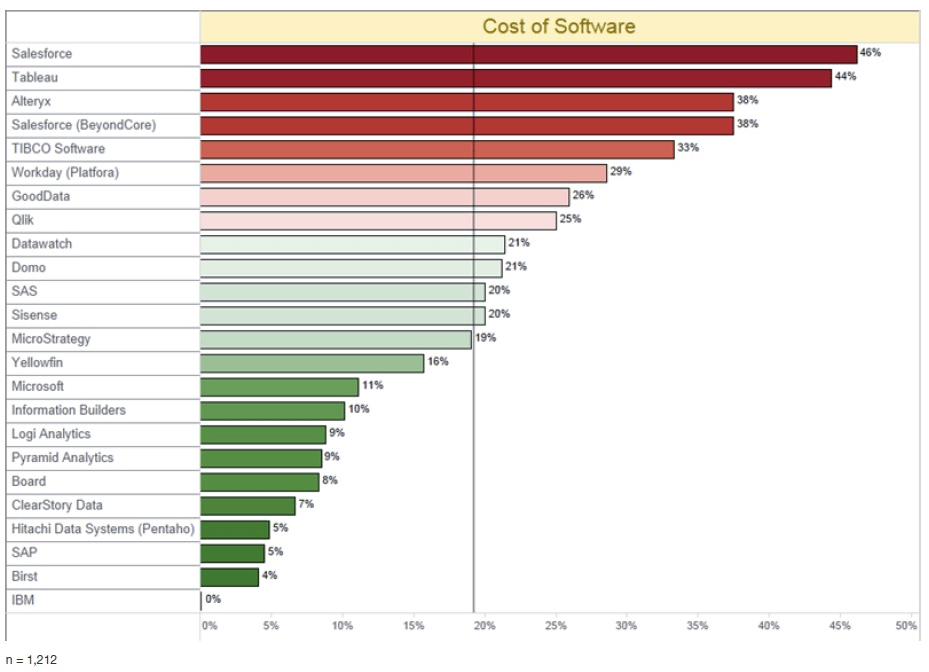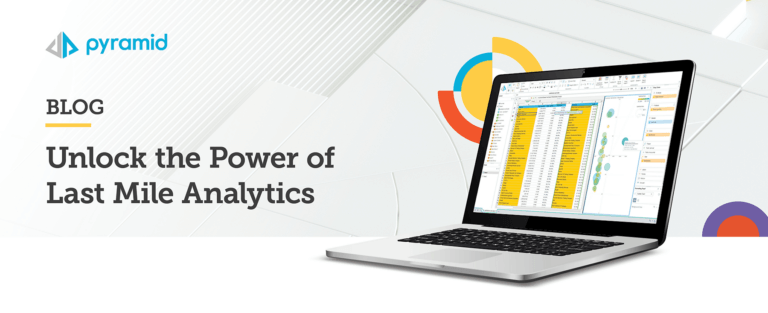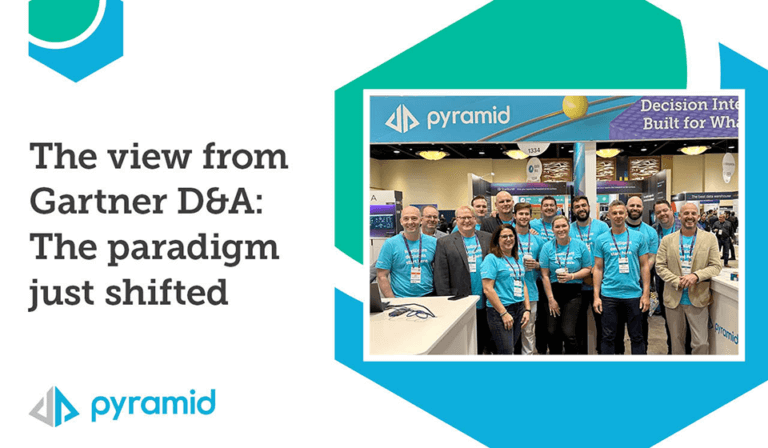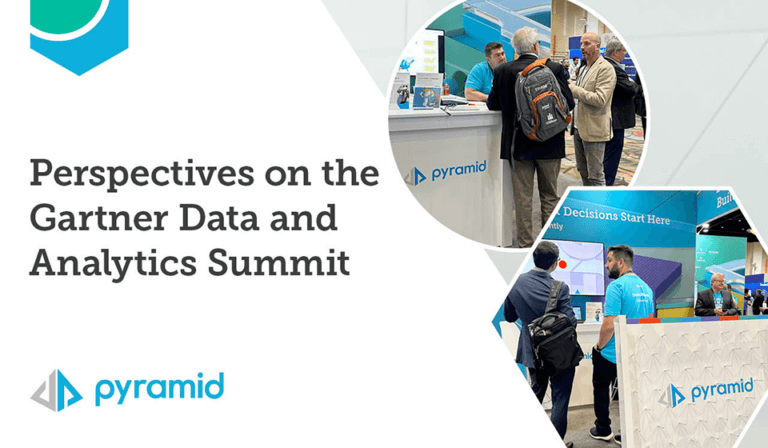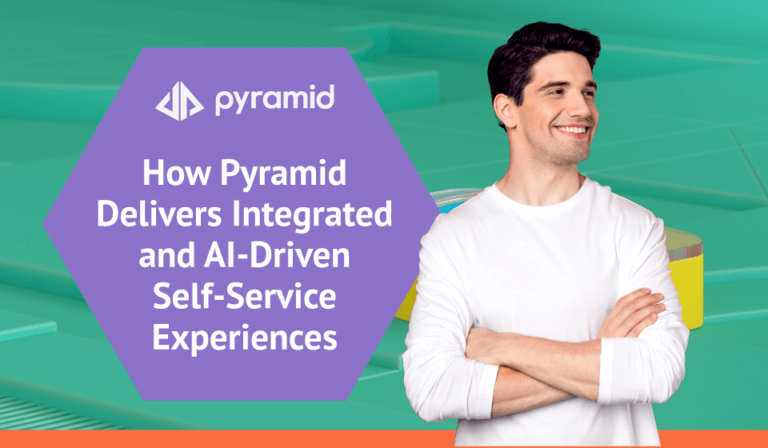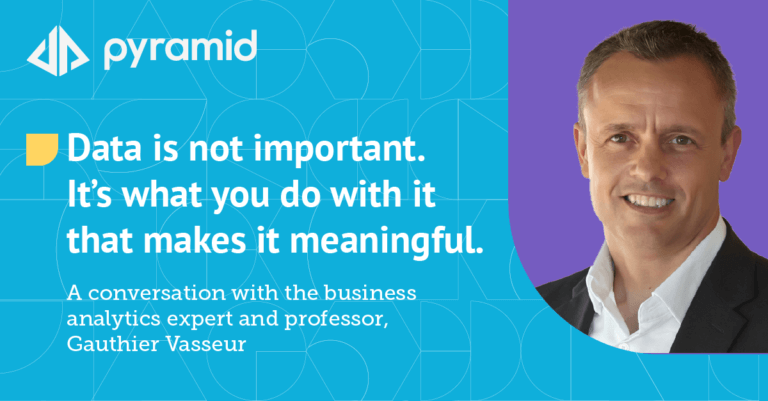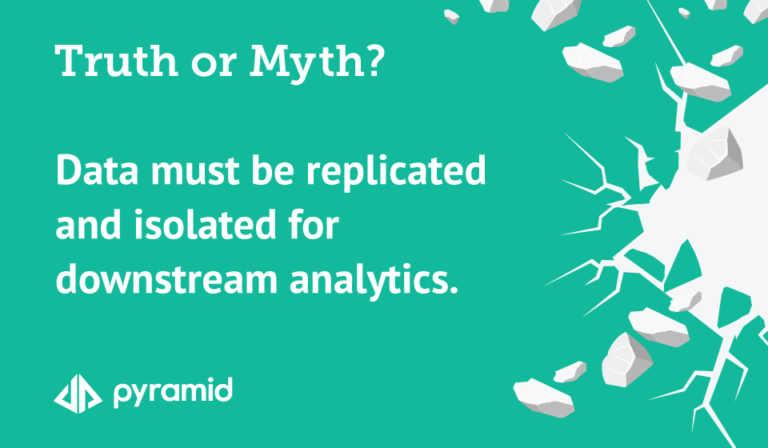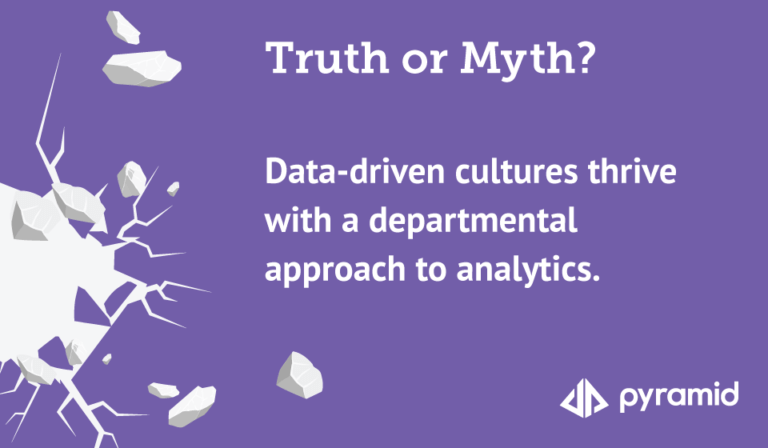We live in a data-rich world that requires a new approach to enterprise business intelligence.
Gartner confirms that “Data and analytics leaders face a complex challenge to keep up with the market’s rapid pace of change, determine where to invest in order to stay innovative, and, at the same time, maintain current deployments.”1
Now, more than ever, it’s important that businesses have a single source of truth to make critical decisions that reduce risk, fuel innovation, and ensure a competitive edge. Choosing the wrong platform can create IT bottlenecks, security and governance risks, and disconnected analytics experiences—as well as require a high cost of ownership. However, the right platform can quickly take your business from data-blind to data-driven, empowering your people to make smarter, more informed decisions that will drive your business forward.
Here are the top questions we recommend asking when choosing an enterprise business analytics platform.
What architecture do I need for my business?
Choosing the right infrastructure for your BI platform is the vital first step. You need to decide if you should host services in the public cloud, keep your data on-premises, or deploy a hybrid approach. This is an especially important consideration for organizations that are facing regulatory restrictions, privacy and security concerns, or administrative issues.
Why BI Office
Our BI Office platform was built especially for the cloud from the ground up. By starting with the end in mind, BI Office is fully-featured and runs in any type of environment—on-premises, private cloud, public cloud, and even a hybrid cloud. This means your business can benefit from all the advantages of a cloud structure, even if you don’t move to the public cloud. With our unique architecture, you can have the features and functionality of the cloud but still, maintain the security and control IT managers are accustomed to.
Will I be able to scale my analytics as my business grows?
If you need to roll out business analytics to hundreds or even thousands of users at your organization, you must ask if the business analytics solution you are considering has the scalability, performance, and full feature set to support a large user base with a variety of different business intelligence needs. Many desktop personal productivity tools on the market today are not enterprise-grade analytics platforms, nor do they have the capability to support thousands of users. With these platforms, if you try to scale as your company grows, you could encounter unexpected costs, as well as serious data governance deficiencies, that can undermine the success of your BI strategy.
Why BI Office
On the other hand, BI Office is a true enterprise business analytics platform designed to meet the needs of the entire organization. It can easily scale from a few users to serving thousands in a global enterprise. It can be load-balanced over as many servers as necessary to provide the performance users expect—at no additional cost. This means companies can empower users by the thousands—nearly instantaneously—driving BI across the business at an unprecedented scale. One of the world’s largest BI implementations, with thousands of concurrent users, runs on BI Office.
Will my data be secure?
In many organizations, there’s tension between two critical needs: business users who need to interact with their own data in real-time and IT that needs to keep systems operating securely. Many companies have invested massive amounts of money and time in legacy reporting-based BI systems that are centralized and managed. However, these outdated systems can’t keep pace with the speed of modern business. Ungoverned, desktop-bound analytics tools, based on silos of data, don’t scale well, and sharing analytics becomes increasingly impractical.
Gartner says that “In many organizations, the transition to a modern BI platform does not diminish the need for, and relevance of, trusted insights. Often, there is even a greater need to stress the credibility of the analytic outputs due to the distributed creation process.” 2
Why BI Office
Pyramid Analytics helps companies like yours overcome any BI limitations by uniquely bridging the gap between desktop tools and legacy BI systems. You can bring all of your users and data together on one complete enterprise-class platform, delivering on-premises, self-service analytics in a secure, managed environment. Not only will users interact with governed data, but your data models and business logic will also be centralized and secure. Your business will have big-picture, trustworthy insights that offer greater potential impact than what’s possible with desktop solutions that stop at personal productivity capabilities.
What will a BI platform cost to buy and maintain over time?
This is the most important question we hear from businesses that are planning their analytics roadmap.
In addition to the scalability limitations that come with many desktop personal productivity solutions, often, there can be significant hidden costs associated with large-scale enterprise deployments.
Gartner warns that “Modern BI&A [business intelligence and analytics] platforms initially disrupted the market more than a decade ago by selling to business people in departments, using a land-and-expand approach. . . As companies try to adopt these solutions across the enterprise, cost per user becomes a consideration and a barrier for buyers . . .”3
With most desktop personal productivity solutions, you must budget for additional BI add-ons, third-party tools, and pricey services to overcome the product’s functional limitations in order to meet all BI needs across the enterprise. You will need to consider if the solution you choose will require you to make an incremental investment every time a new server is added. Over time, this could add up to more than $200,000 USD for software and hardware for some solutions, not to mention possible custom development work. Even if you have an unlimited user license, many companies frequently face hidden costs when their BI server solution reaches its limit at 40, 50, or even 100 concurrent users.
Why BI Office
As a cost-effective, full-featured, scalable platform for the enterprise, BI Office offers you those business benefits that are critical to a successful BI implementation. Our off-the-shelf solution leverages your existing data infrastructure and meets the needs of multiple user types without costly custom development. BI Office retains its affordability as implementations expand and since its cost is user-based, you only pay for what you use. You can scale up or out as user and content volumes grow, and have multiple instances for development, test and production—all without hidden infrastructure expenses or an increase in IT staff. In addition, with BI Office, you won’t have to buy expensive third-party software to handle things like data migration or data preparation; these are functions that our platform natively supports.
See how Gartner ranks us in terms of the cost of software, as compared to other vendors in the market:4
Figure 1. Cost of Software as Limitation to Broader Deployment for Magic Quadrant Vendors
This graphic was published by Gartner, Inc. as part of a larger research document and should be evaluated in the context of the entire document. The Gartner document is available upon request from Pyramid Analytics here.
As you can see, selecting the right business analytics platform for your business is critical in today’s data-driven world.
Gartner ultimately recommends that “Data and analytics leaders should use customer experience, operations capabilities, ease of use and achievement of business benefits as critical measures when selecting a modern BI and analytics platform. Include in vendor selection decisions vendors’ user enablement programs, including user communities, documentation, online tutorials, conferences and training that drive user success. Look beyond large vendors — there are many other BI&A platform options catering to different company and deployment sizes as well as regional, vertical and functional requirements.”5
Here at Pyramid Analytics, we believe we meet all of Gartner’s recommendations—and more. The market has validated our approach to enterprise business analytics with top rankings in user surveys and analyst reports. We offer a robust community that helps users get the most out of their BI Office experience through exclusive content, and our range of high-quality training and tutorials are designed to help everyone in the organization succeed. BI Office is ideal for companies of all sizes and meets the needs of those in the strictest of regulatory industries, such as finance and healthcare.
We believe that there is no faster or easier way to make business analytics universally available and valuable than with our enterprise business analytics platform, designed to empower everyone across the company to make smarter decisions based on trusted information. And that is the key to building a data-driven business that outsmarts competitors, succeeds with customers, and thrives in the marketplace. We invite you to join the more than 350,000 people at hundreds of businesses around the world who are doing just that.
Go here to learn more about how Pyramid Analytics excels in the industry.
1 Gartner, Inc., Survey Analysis: Business Intelligence and Analytics Spending Intentions, 2016; Rita L. Sallam, Cindi Howson; 13 October 2016.
2 Gartner, Inc., Select the Right Architecture Model for Your Modern BI and Analytics Platform; Joao Tapadinhas; 12 April 2016.
3, 4, 5 Gartner, Inc., Survey Analysis: Customers Rate Their BI and Analytics Platform Experience, 2016; Rita L. Sallam, Cindi Howson, Thomas W. Oestreich, Kurt Schlegel, Joao Tapadinhas, Carlie J. Idoine; 1 November 2016.
Gartner does not endorse any vendor, product, or service depicted in its research publications, and does not advise technology users to select only those vendors with the highest ratings or other designations. Gartner’s research publications consist of the opinions of Gartner’s research organization and should not be construed as statements of fact. Gartner disclaims all warranties, expressed or implied, with respect to this research, including any warranties of merchantability or fitness for a particular purpose.




